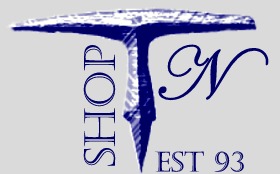|

| |||||||||||||||||||||||||||||||||||
| Period Electric Types |  |
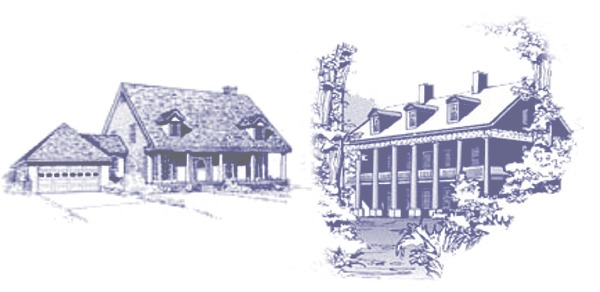 |
|||
|
A small sampling of Period Electric fixture types
designed and fulfilled by Shoptin Lighting pictured below: Circa: 1500 to 1860 Applications: Residences, Taverns-Inns, Mills, Mercantiles, Meetinghouses.
|
|||
| Fuel: Whale oil/Camphene | 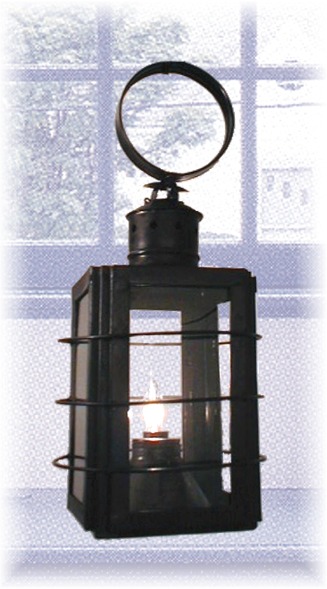 |
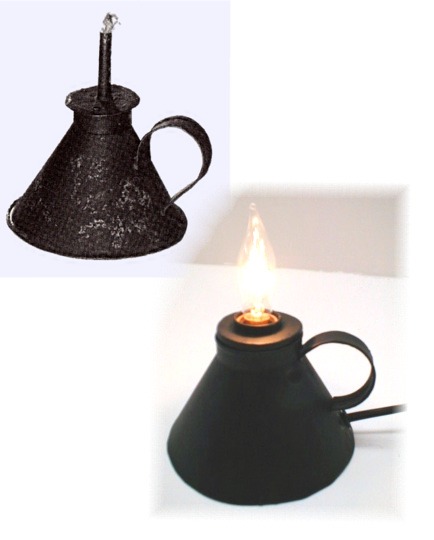 |
|
| Bayberry Bush or Beeswax Candle-stick | 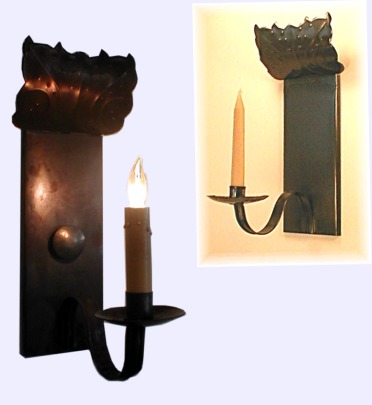 |
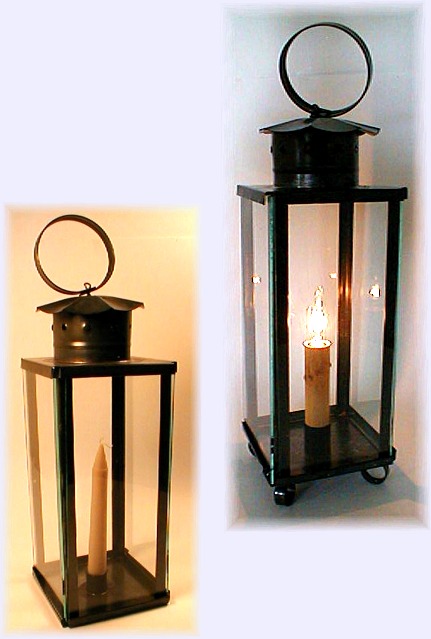 |
|
|
Fixture Manufacturing methods: Made by hand using the principle materials of sheet Tin/Copper and hand tools of the period in small to large shops located in major towns. |
|||
|
Circa: Limited Circulation 1830 to 1900
Applications: Residences, Public Inns
Half shade and glass lens in smaller holder for Theater stage applications.
Enclosed with reservoir in glassed box for railroad, industrial, or commercial locations.
|
|||
| Fuel: Candle/Grease/Camphene still used as in above examples with new oxygenated flame burners called Solar/Astral Lamps having greater luminance using same whale oil. | 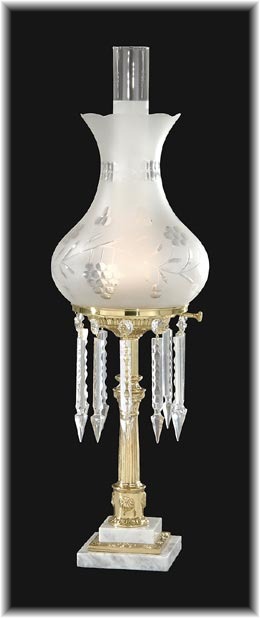 |
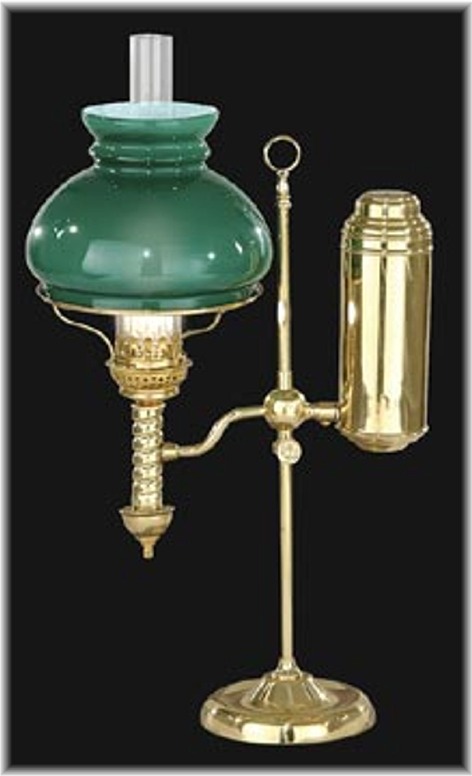 |
|
| Fixture Manufacturing methods: Handmade by Metal-smiths using tin-zinc-copper or brass and bronze alloys in free-form castings balanced with pressed sheet metal and primitive blown glass. | |||
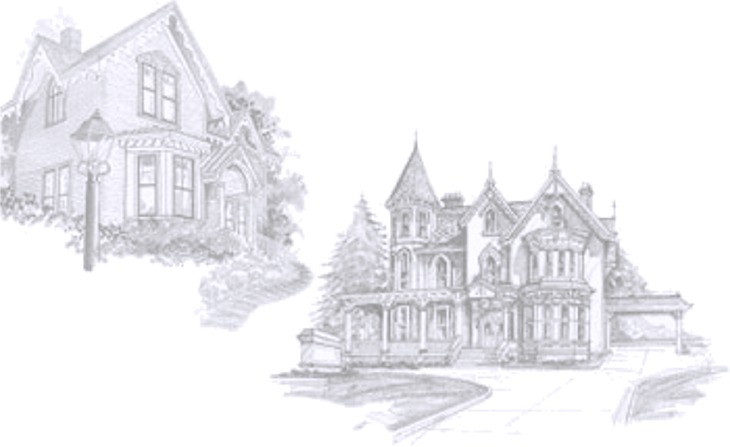 |
|||
|
Circa: 1880 to 1900
Applications: Residences, Hotels, Theaters, Public-Industrial and Railroad
Typically same styles of enclosures where used as before on exterior locations though upgrading fuel reservoirs to accommodate heavier wicks for thinner Kerosene and greater ventilation. |
|||
| Fuel: Kerosene fuel becomes available and is cheaper alternative than whale oil, or other fuels and spreads rapidly in the market place. | 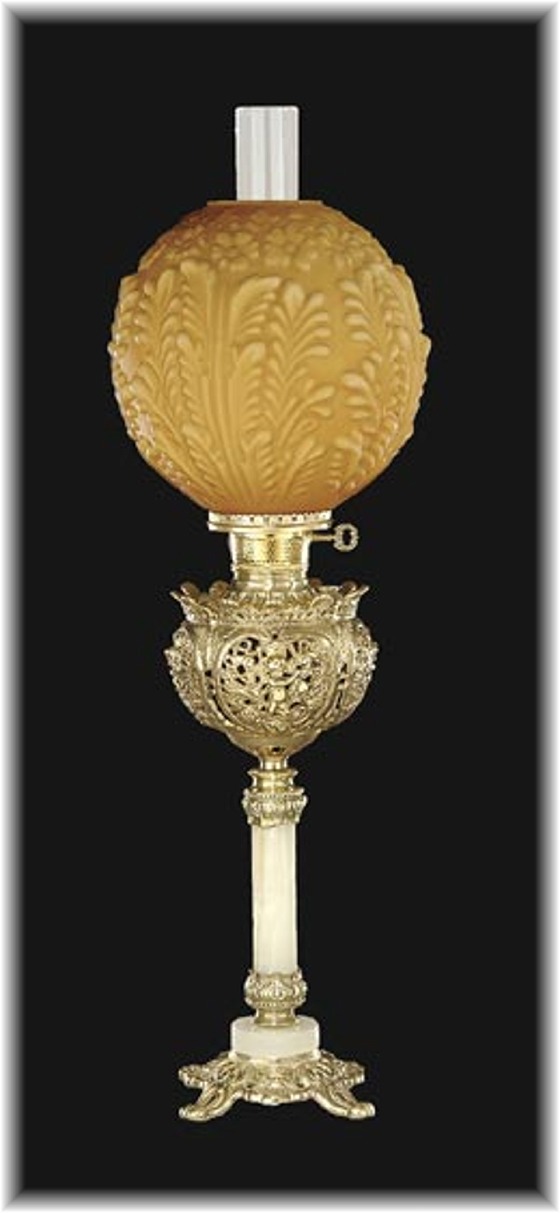 |
||
|
Fixture Manufacturing methods: Handmade by Mechanical/Assembly using pressed Brass with quick form castings balanced with hot molded and sandblasted or colored glass.
|
|||
|
Circa: 1860 to 1930
Applications: Municipal City Residences, Hotels, Theaters, and Public Government
|
|||
|
Fuel: Natural Gas becomes available as a public utility with gas lines buried in city streets. It is cheaper than whale oil or other alternative fuels widely available at the time when balanced with other uses for public gas. Gas lighting was typically supported by rigid mountings from locations convenient to gas piping such as ceilings or interior or exterior walls.
|
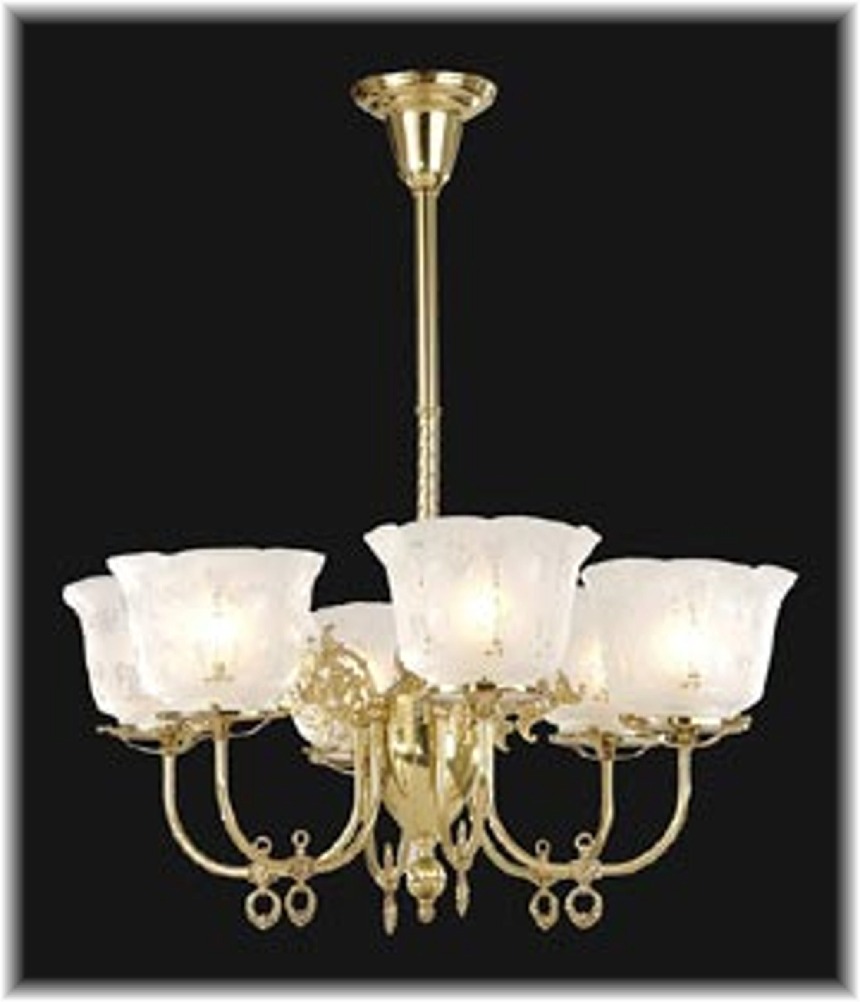 |
||
| Fixture Manufacturing methods: Hand and mechanically formed extruded brass tubing with pressed Brass quick form castings, shaded with hot molded and etched colored glass. | |||
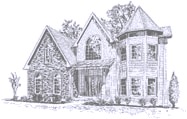 |
|||
|
Circa: 1920 to 1950
Applications: At 1st Municipal City Residences, Hotels, Theaters, And Public Government
|
|||
|
Energy: Electricity-Becomes available as a public utility by elevated pole mounted cable conductors and is cheaper and more convenient than public gas or Kerosene.
Initially confidence had to be gained by a dual use gas and or electric fixture.
|
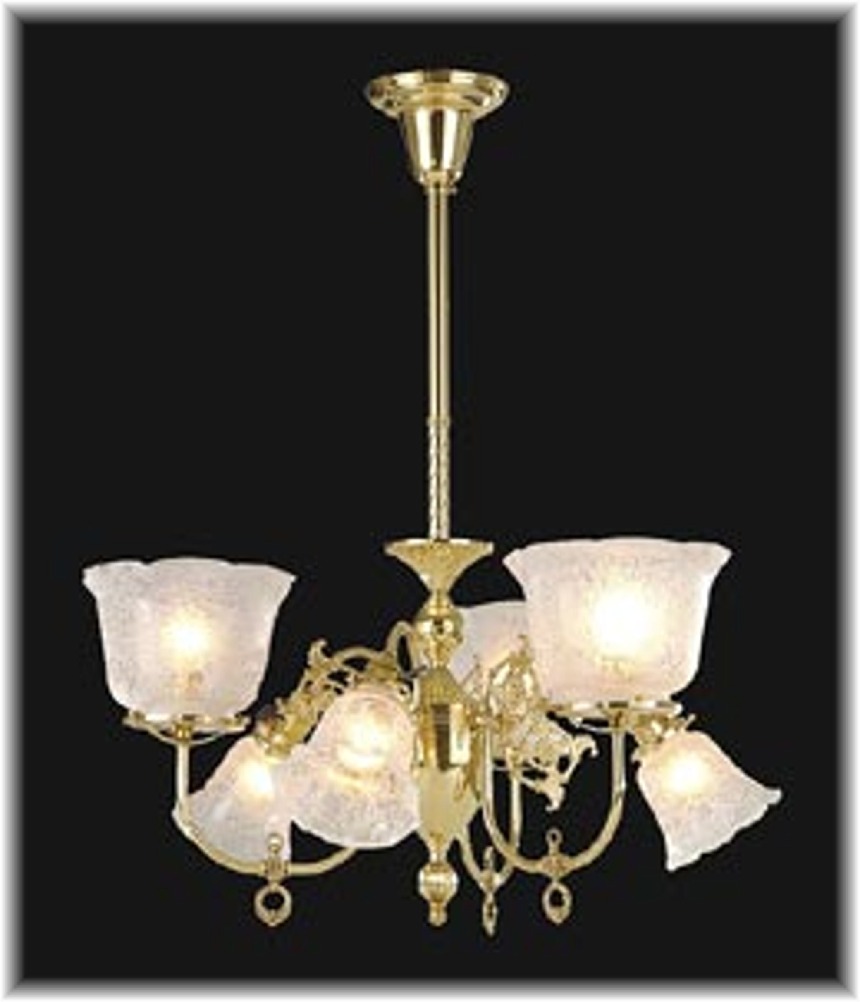 |
||
|
Fixture manufacturing methods: Electro-mechanically formed brass tubing with pressed Brass fittings and castings. Glass fitters and beveled ornamental crystals are introduced with modern extrusion methods.
|
|||
|
Circa: 1950 to present
Applications: Residential, Commercial Private Hospitality or Government
|
|||
|
Energy: Electricity-Incandescent, Fluorescent, and newly added low energy LED-Light Emitting Diodes
Electrical utilities are further improved upon extending services to most homes by the mid 1940’s suspending constant use of Kerosene and or other alternative fuels for lighting purposes.
The increased availability and efficient use of electricity continues to result in continued advances in luminous intensity from basic lighting fixture systems.
|
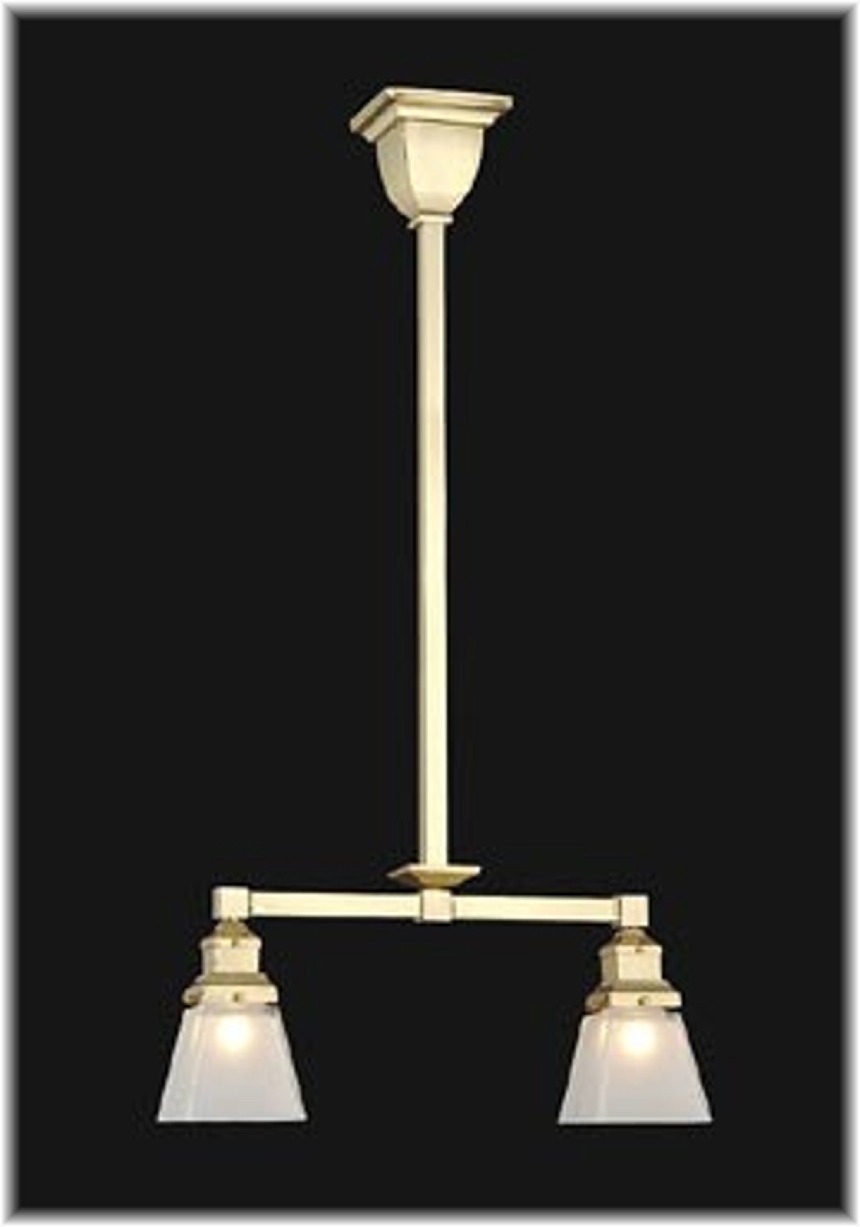 |
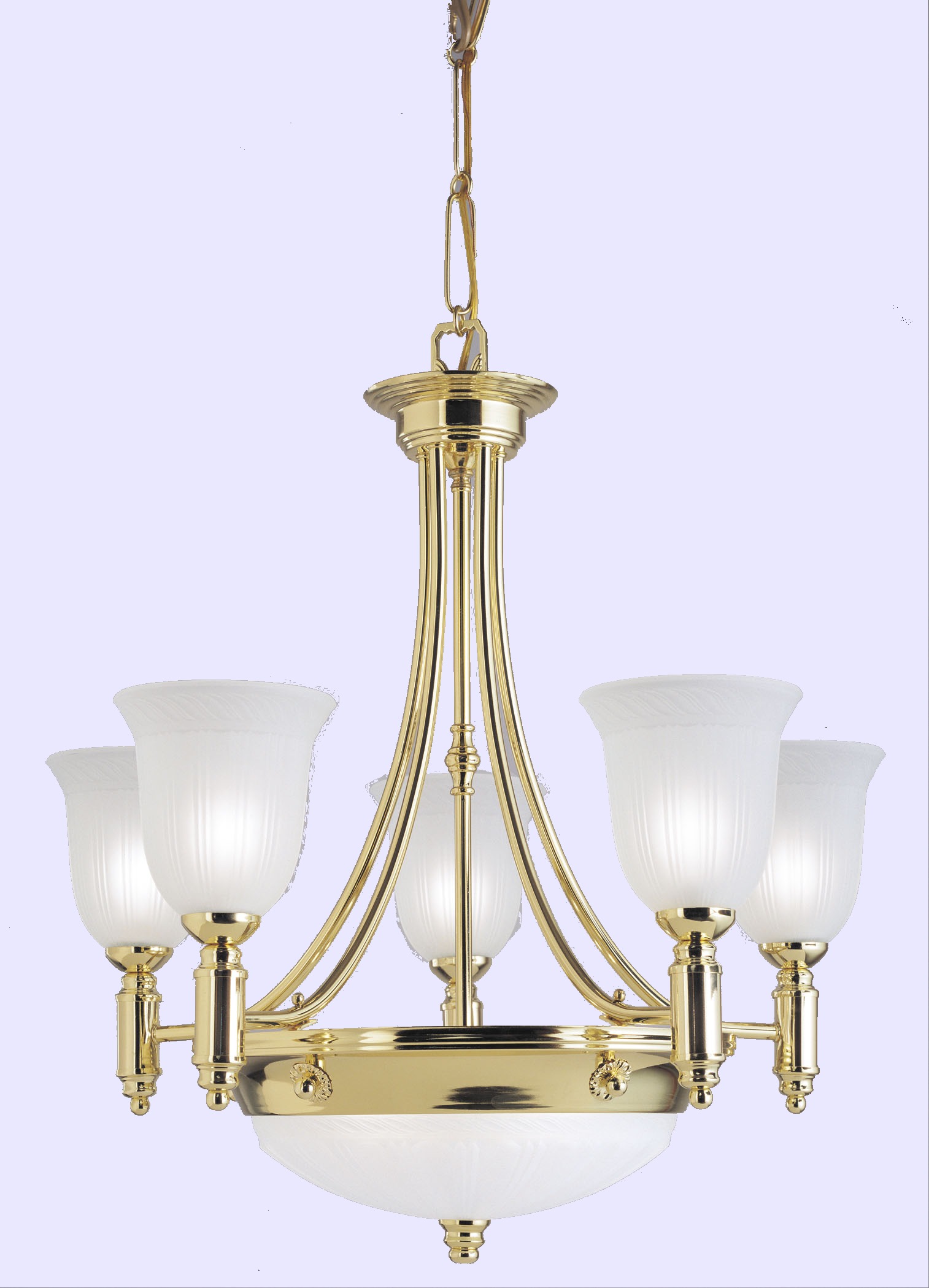 |
|
| Fixture Manufacturing methods: Presently greater advances have increased flexible manufacturing with the availability of refined raw materials and supporting safety standards built into electrical lighting fixture components, hardware and controls. | |||
|
Circa: 1930 to present
Ornamental illuminated air circulators
Applications: Residential, Commercial Hospitality or Government
|
|||
|
Energy: Electricity
Post the advent of the Electric motor; portable air circulators became available in crude form though mostly in a portable table or wall mount versions. Eventually air circulators and or ceiling fans become included to increase comfort in most public buildings and residential applications. The combination of both fan and lighting devise is made widely available in the mid 1950’s.
|
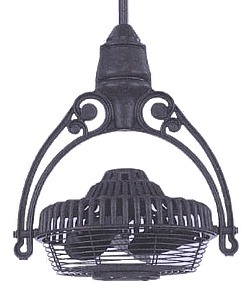 |
||
|
